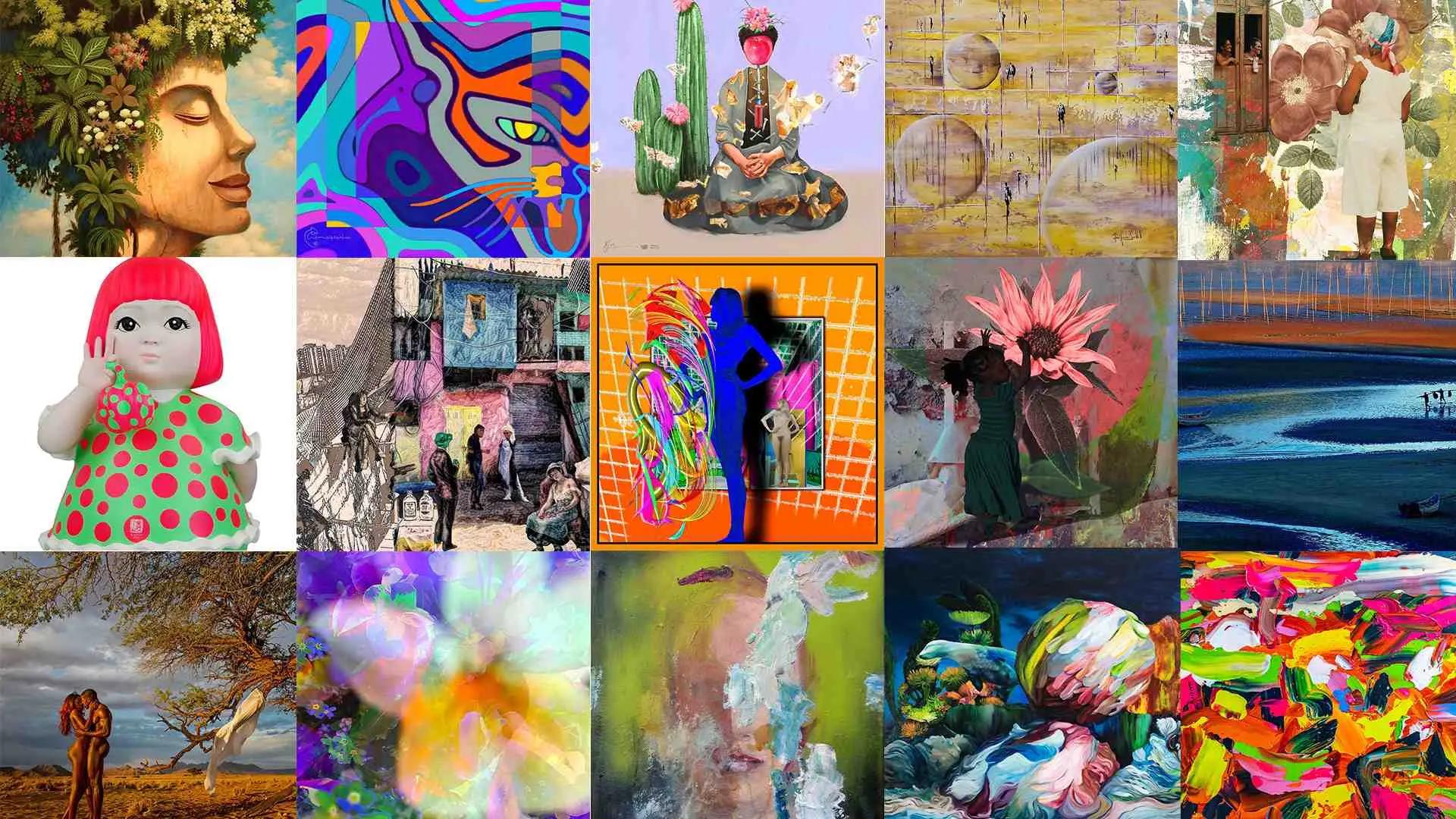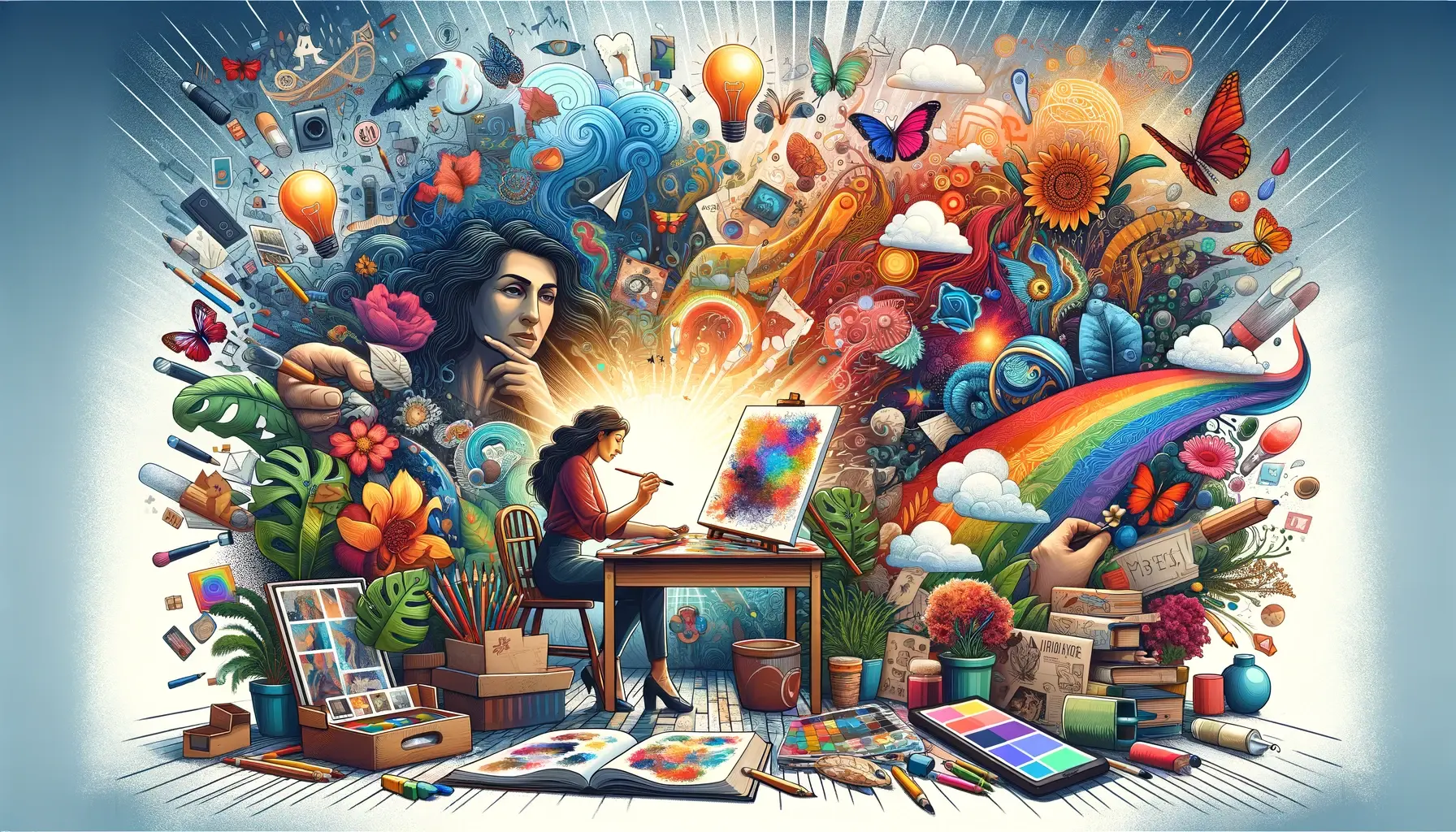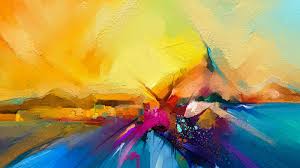The intersection of technology and art has long been a point of exploration, but in recent years, it has sparked a profound transformation. From digital art to virtual galleries, technology is reshaping how art is created, shared, and experienced. This article will dive into how technology is altering the traditional art world, examining both the opportunities and challenges it presents to artists, collectors, and institutions.
How Technology Is Changing the Creation of Art
One of the most significant impacts of technology on the art world is in the creation of art itself. The rise of digital tools and platforms has allowed artists to explore new mediums and techniques that were previously unavailable or unimaginable. Digital painting, 3D modeling, augmented reality (AR), and virtual reality (VR) are just some of the ways technology is pushing the boundaries of creativity. Traditional methods, such as oil painting or sculpture, now coexist with digital tools that allow for precision, interactivity, and scalability.
Example: The rise of programs like Adobe Photoshop and Procreate has made it easier for artists to experiment with different styles and techniques without the limitations of physical materials. Additionally, artists like Refik Anadol use AI and data visualization to create stunning immersive art installations.
How Technology Is Changing the Art Market
The art market has always been an exclusive space, with auctions and galleries controlling much of the access and value. However, technology has democratized the buying and selling of art. Online marketplaces, such as Artsy and Saatchi Art, now enable artists to reach a global audience without ever leaving their studios. Cryptocurrencies and NFTs (Non-Fungible Tokens) have further disrupted the art market by introducing a new form of ownership and value.
Example: The sale of the digital artwork “Everydays: The First 5000 Days” by Beeple for $69.3 million at Christie’s auction house signaled the growing influence of NFTs in the art market. It shows that technology has not only provided new ways for artists to sell their work but also challenged the traditional valuation of art.
How Technology Is Changing the Experience of Art
Finally, technology is also changing the way art is experienced. Virtual and augmented reality allow viewers to immerse themselves in art in ways that were not possible before. VR art installations, online gallery tours, and interactive art pieces enable people to engage with art in a more personalized and dynamic way. These technologies also make art more accessible to a global audience, as people from different parts of the world can experience exhibitions virtually.
Example: The use of virtual reality to experience art exhibitions, like the “Van Gogh: The Immersive Experience,” has given audiences a new way to engage with classic works of art. Visitors can step inside a virtual recreation of Van Gogh’s paintings and experience them from a completely new perspective.
Conclusion
Technology is undoubtedly transforming the traditional art world by changing the way art is created, bought, and experienced. While there are challenges and debates about the authenticity and value of digital art, it is clear that technology is expanding the possibilities of what art can be. As technology continues to evolve, the art world will likely see even more dramatic shifts, encouraging new forms of creativity and opening up the art world to more people than ever before.




